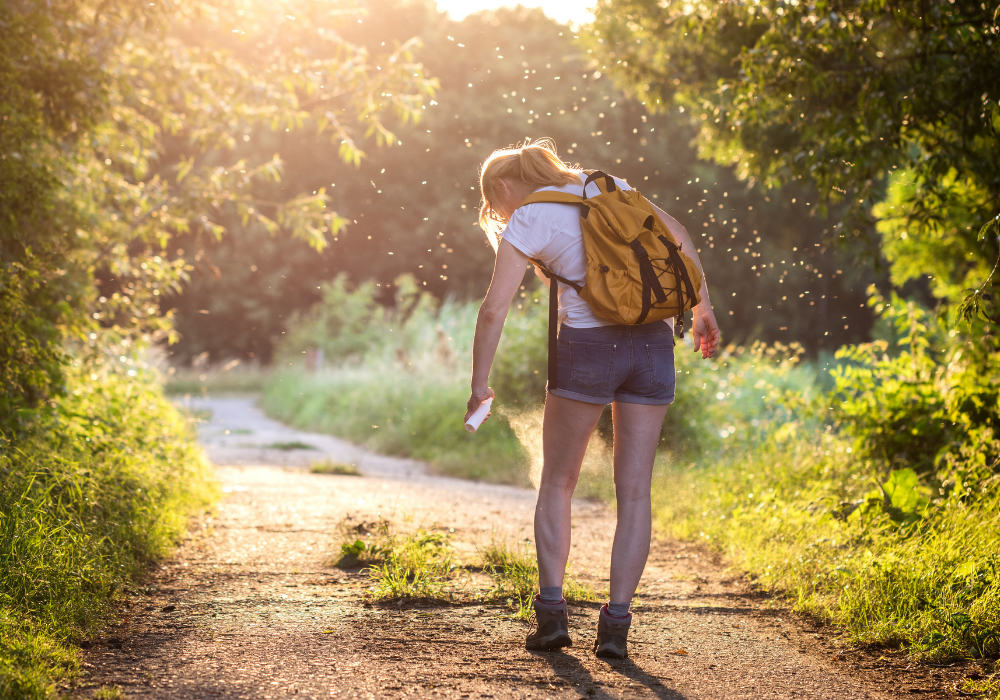
10 Tips for How to Protect Yourself from Mosquitoes & Ticks While Hiking
Estimated reading time: 9 minutes
Hiking can be challenging. Hiking while mosquitoes and ticks are trying to eat you alive is a downright pain.
These pesky little bugs can bother you from late spring to early fall, depending on your location.
Mosquito bites can be annoying and it can get frustrating looking for ticks on your body. However, the real problem is the diseases that their bites carry.
You’re lucky if you live in a place where the constant cold weather keeps their numbers to a minimum. For the rest of us, though, we have to learn to adapt if we want to continue enjoying our hikes.
Table of Contents
How To Protect Yourself From Mosquitoes & Ticks While Hiking
No one likes parasites (unless you’re an oxpecker bird).
Below we’ve listed our BLANK best tips for protecting yourself from these little critters while hiking.
The first half talks about avoiding mosquitoes while the second half helps you avoid ticks.
So how to avoid mosquitoes while hiking? And how to avoid ticks while hiking? Let’s begin with mosquitoes!
How To Prevent Mosquito Bites While Hiking
1. Hike in the Morning until Early Afternoon
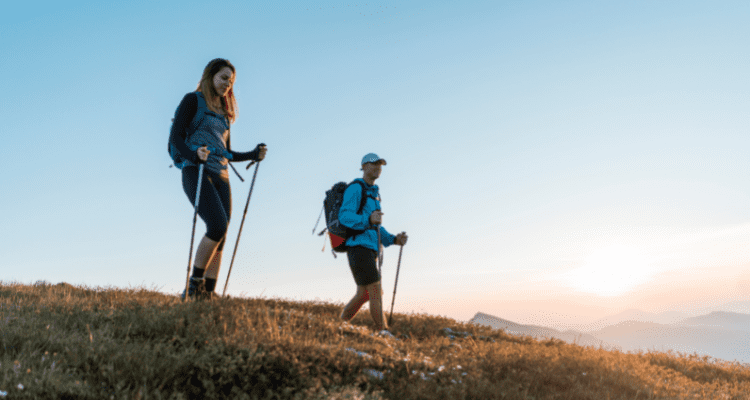
Sunsets and sunrises are some of the best times to check out the beauty of nature. The glorious golden sun rays peeking through the orange clouds and the brilliant golden light rising over the horizon are simply sights every hiker needs to experience at least once.
The problem is:
We’re not the only ones waiting for dusk and dawn.
Mosquitoes are most active in the late afternoon just before sunset. If you can, try to avoid hiking at this time. You may also want to avoid hiking just before sunrise as mosquitoes are still out and about.
2. Avoid the Shade for Extended Periods

If you’ve ever tried to take shelter under a tree or a bush while the sun is at its peak, you may have been surprised at the sudden assault of mosquitoes coming from the shadows.
Mosquitoes like to hide in the cool shade during the daytime. They especially like hanging out in bushes and on the leaves of small trees.
Just one touch of that bush or sapling can rouse them and send them all flying towards their mid-day snack — You.
This is why you should avoid hiking in shady areas as much as you can. Instead, hike in open, sunny, or windy trails. You get better views plus the wind blows the mosquitoes away.
3. Utilize Essential Oil or Picaridin Based Insect Repellent

So you’re hiking in the late morning and avoiding shady areas as much as possible but you still notice some mosquitoes straggling their way towards you.
You may want to put on some insect repellent as an added layer of protection.
Mosquitoes and Ticks are attracted to skin odors and the carbon dioxide from our breath. This is how they find us even in the dead of night. Insect repellents affect these bugs’ sense of smell and taste, thereby, hiding you from them.
That said:
DEET (diethyltoluamide) based insect repellents can irritate your skin. This is why we recommend going for a picaridin-based product instead. When using this product, make sure to cover all exposed areas like your face, back of your neck, hands, wrists, feet, and ankles. This is a chemical so make sure to do your due diligence before using picaridin based products.
I’m not big on chemicals, so we use essential oils typically in my house for myself, my family and even my dogs. The essential oils I use to keep the pests away is a mix of:
- Tea tree
- Eucalyptus
- Geranium
- Citronella
- Peppermint and sometimes…
- Clove
- Lemongrass
Here are my 9 Critical Day Hike Essentials.
4. Wear Light-colored Clothing

You’d want to kill a mosquito or a tick before they get to your skin. You can make this task easier by wearing light-colored clothes.
Additionally:
Mosquitoes are attracted to darker colors like blue and black. Wearing light-colored clothes makes it harder for them to see you while allowing you to slap them before they bite.
5. Get Permethrin Treated Clothing For Particularly Nasty Areas
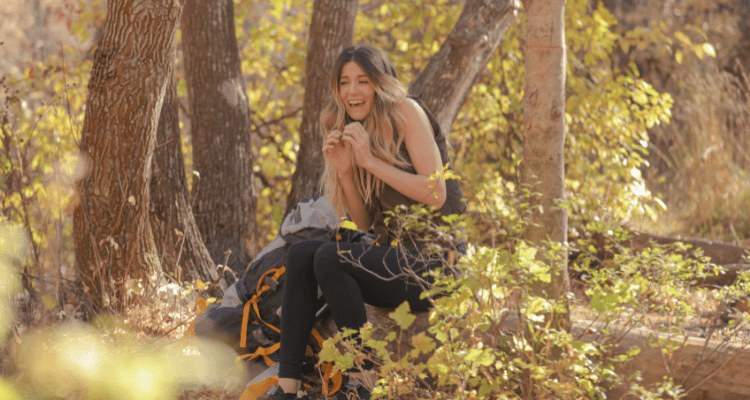
Permethrin doesn’t just repel mosquitoes and ticks, it kills them.
Before you start your hike, you can consider spraying your light-colored clothes with permethrin thoroughly. Do this in a well-ventilated area. Spray both sides and flip your clothes inside out to spray the inside, give special attention to the neck and sleeve areas.
Permethrin treatments usually last up to six washing cycles you can wash your clothes during your hike and still be protected.
I wouldn’t use it with little kids personally, I would go the essential oil route. But there are millions of people out there who swear by it, including my own very outdoorsy family which is why it is being mentioned here.
How To Protect Yourself From Ticks While Hiking
1. Avoid Bushes and Tall Grass

Ticks like to hide in bushes and tall grass. They’ll often be waiting there with their front legs open and ready to hitch a ride on the next warm-blooded creature that brushes against them.
Instead, walk in the middle of the trail, away from the brush and tall grass.
2. Avoid Shady Areas Again
Similar to mosquitoes, ticks like to hide in shady areas. Ticks require a high humidity environment to survive. This is why they take cover underneath piles of fallen leaves and or dead grass.
Don’t get us wrong:
Ticks do hide in sunny and open areas, but not as much as shady areas. This is because shady areas have more places that ticks can climb up to and lie in wait.
3. Utilize Picaridin or Essential Oil Based Insect Repellent
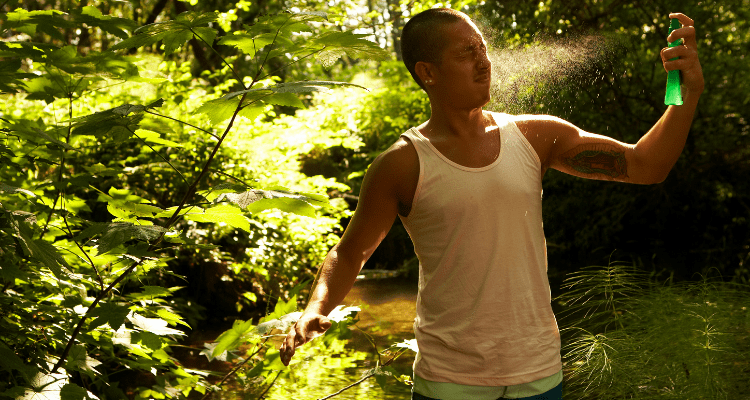
Just like mosquitoes, ticks are attracted to our skin odor and the carbon dioxide from our breath.
It should be a no-brainer to use the same picaridin-based insect repellent to avoid them. Look for a product with at least a 20% picaridin solution as these products are made specifically for ticks.
Again, I’m not big on chemicals, so we use essential oils typically. But my mom always carries a can of spray with Picaridin and she swears by it.
4. Regularly Check for Ticks
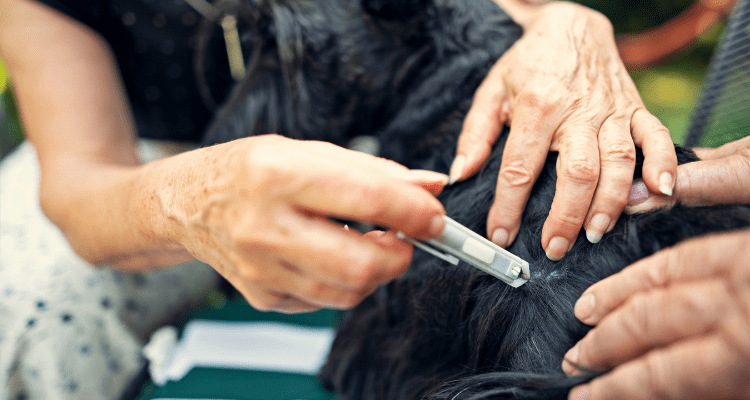
Despite having prepared and done everything to avoid ticks, you should still check for them regularly while out on the trail.
Check the areas on your or your pet’s body that are warm and moist. This can be around your armpits, behind the knees, your scalp, and even your pubic region.
Make a full body check once you get indoors as you wouldn’t want to harbor a tick that could lay hundreds of eggs.
How To Remove A Tick
5. Bring a Tick Remover
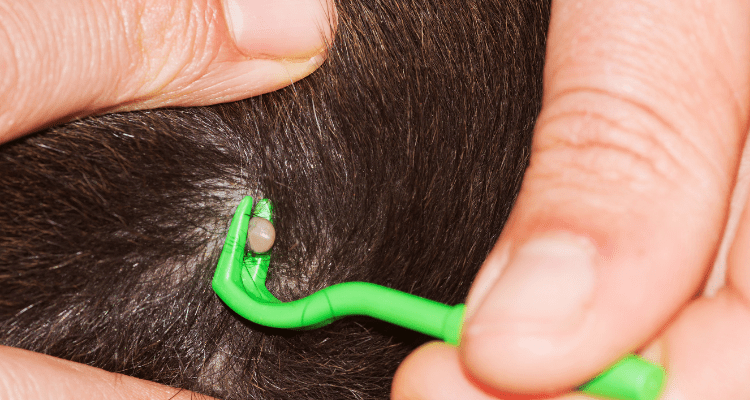
Ticks bury their heads in our skin once they start biting. Simply pulling them off runs the risk of leaving the tick’s head inside your skin which can lead to infection. So, how are you supposed to get rid of them when you do find one on yourself or your pet?
Answer: A tick remover.
These tools are cheap and can effectively remove ticks completely off of skin. They usually work in a twisting motion (counterclockwise). You simply slide the open part between the tick and your skin then twist. The tick should come right off.
If that doesn’t work you can heat the end of some tweezers with a lighter and place near the head, the tick will likely let go.
Remember, never attempt to just pull a tick off. Always twist it in order to get the head out as well.
Other Prevention Tips

A few other quick tips to minimize interactions with ticks and mosquitoes are as follows:
- Wear long trousers, socks and shirts
- Hike with a shemagh
- Stay on the trail
- Wear essential oils (eucalyptus, tea tree, geranium, peppermint, citronella)
- Keep an essential oil soaked cottonball in your pack (same oils mentioned above)
- Eat nutritional yeast before your hikes
- Wrap tape around your ankles, sticky side out
That will do it for this one.
More Adventure Related Reading:
An Adventurers Top 20 Essential Travel Items
7 Ways To Treat Common Trail Aches & Pains
15 Best Trail Towns In The United States
Like This Article On How To Protect Yourself From Ticks & Mosquitoes?
Please consider sharing Gettr & Telegram.
To your next adventure!
-David





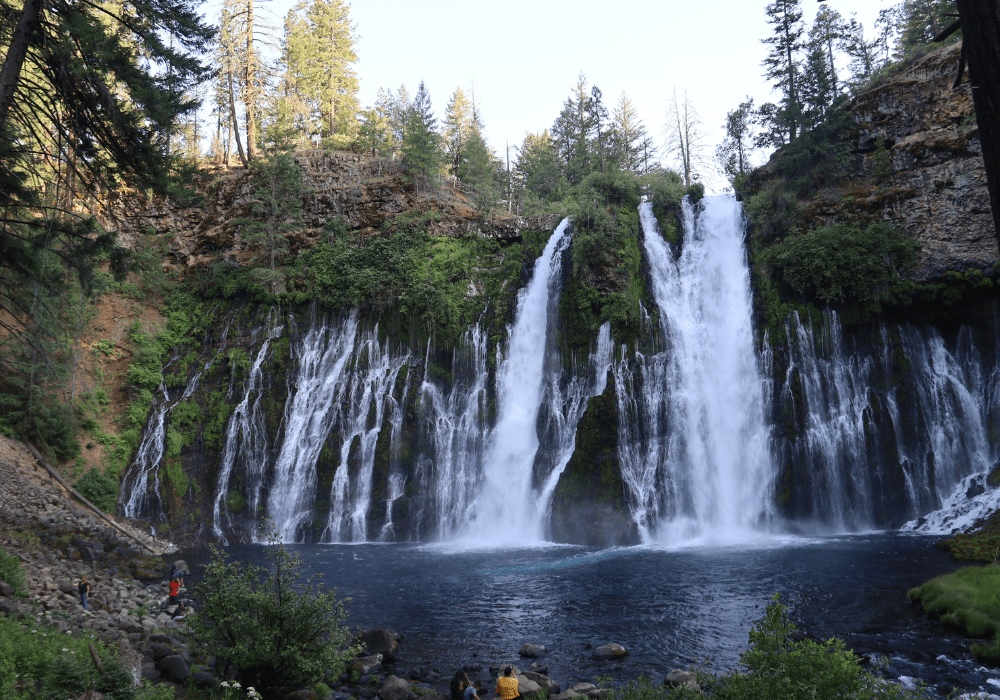
Pingback: 9 Helpful Tips for Hiking in the Desert - AdventureHacks
Pingback: 8 Benefits of Training for a Hiking Trip - AdventureHacks
Pingback: 6 Reasons Hunting Is The Best Method Of Wildlife Conservation - AdventureHacks
Pingback: 10 Tips for How to Prevent Blisters While Hiking - AdventureHacks
Pingback: 5 Reasons Gold Nugget Panning Is A Great Family Adventure - AdventureHacks
Pingback: 20 Questions To Entertain Your Kids While On Adventures - AdventureHacks
Pingback: 10 Best Places to Hunt in Montana - AdventureHacks
Pingback: 10 Greatest Places To Mountain Bike In North America - AdventureHacks
Pingback: 6 Physical Activities to Engage With This Summer - Fox News Tips
Pingback: 10 Best Places To Hunt in Texas - AdventureHacks
Pingback: 14 Pros & Cons of Hiking with Trekking Poles - AdventureHacks